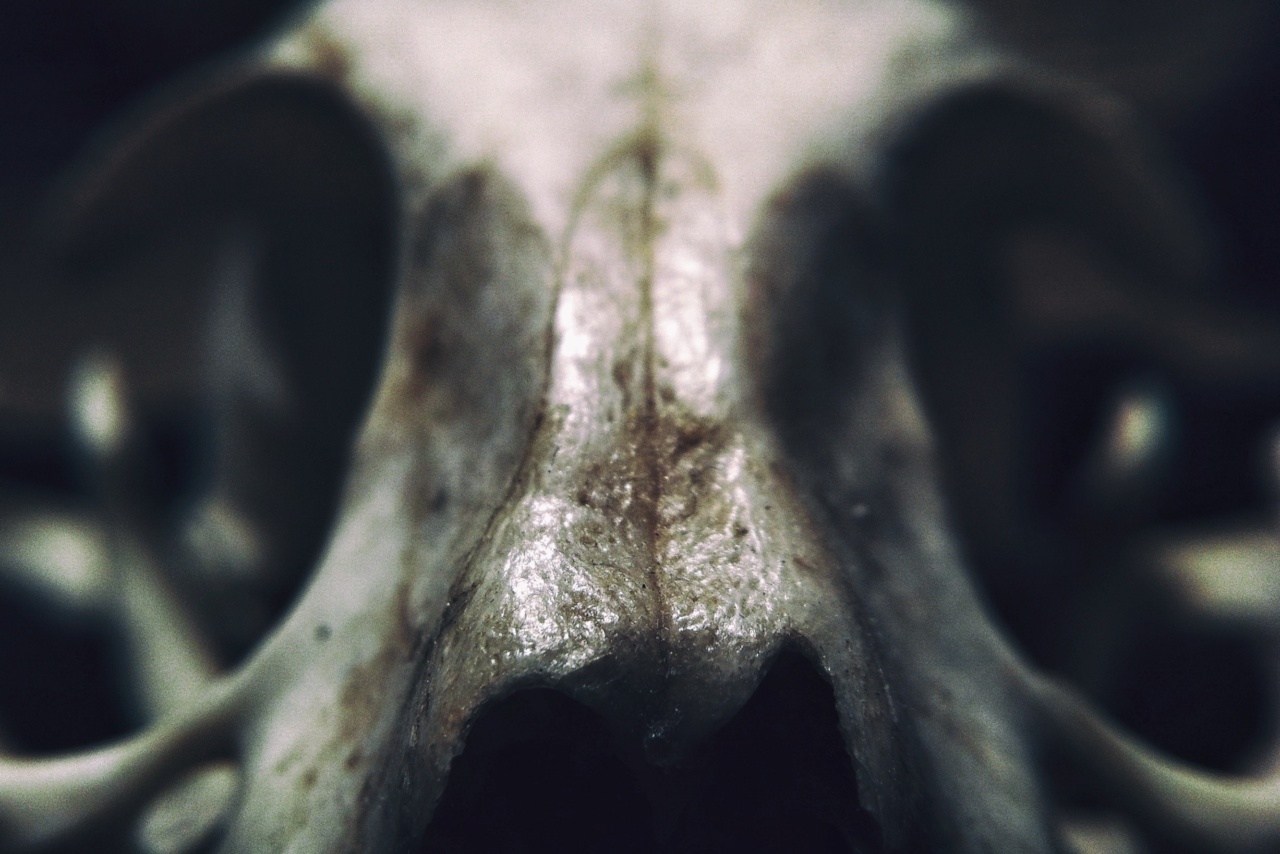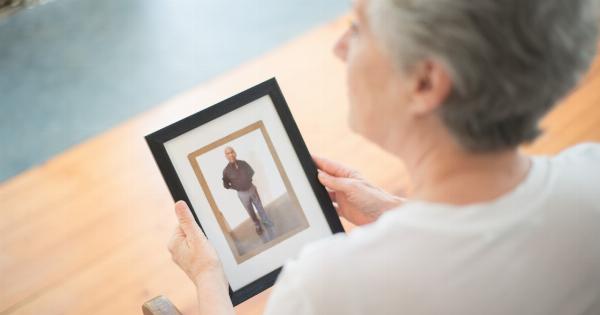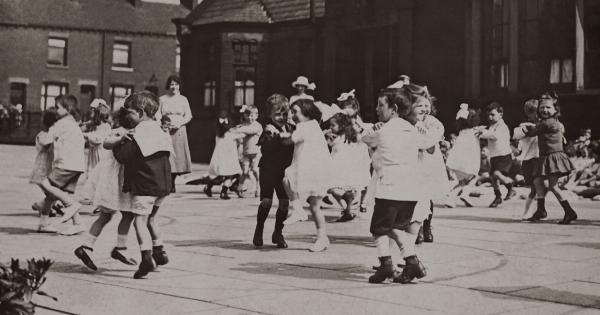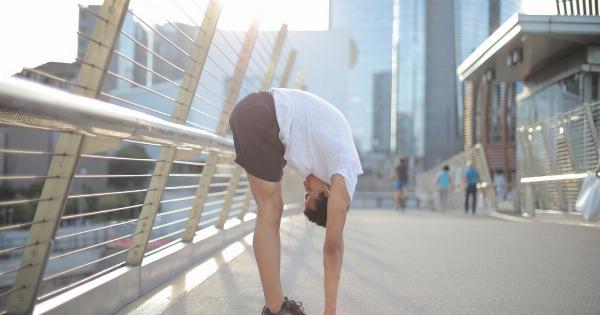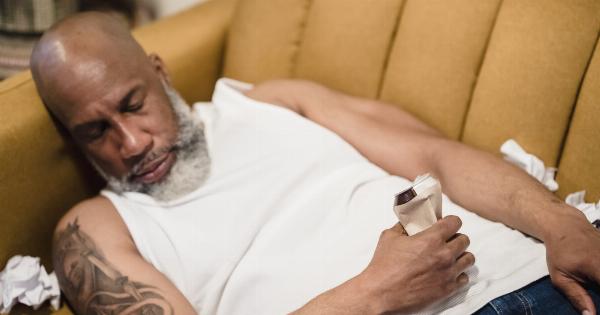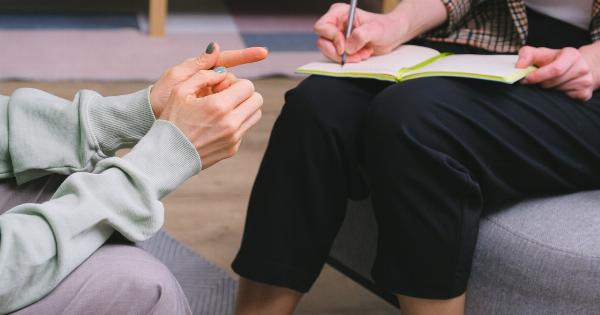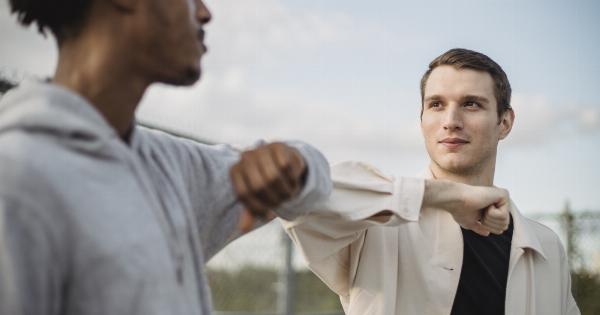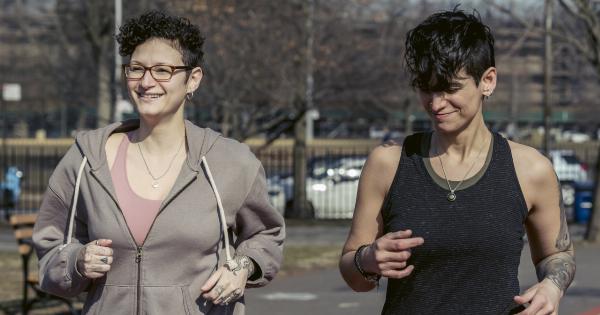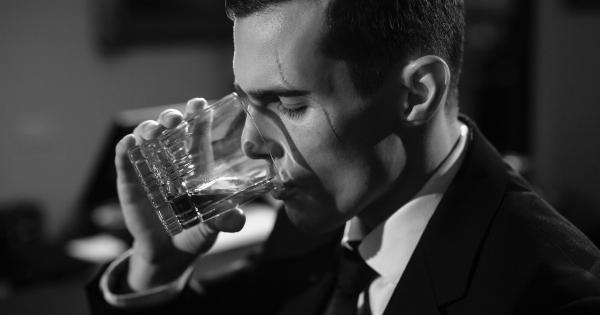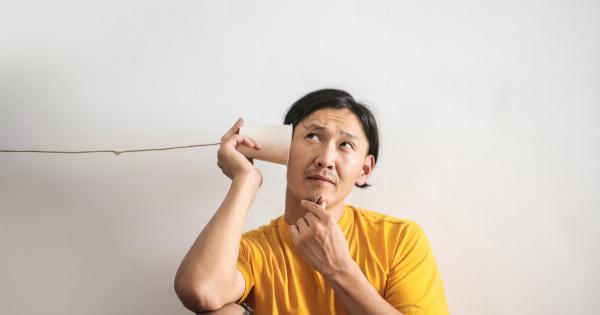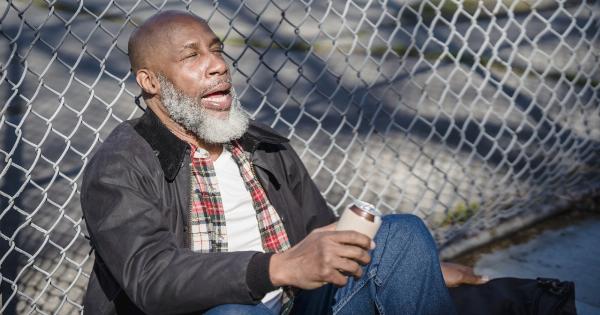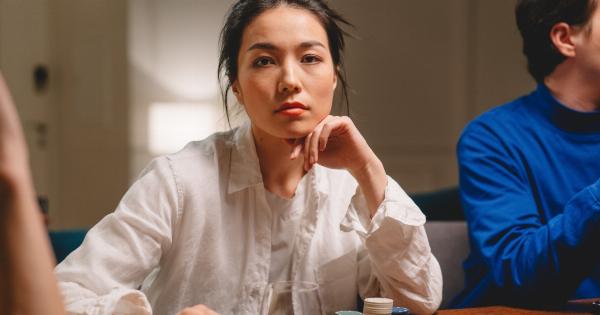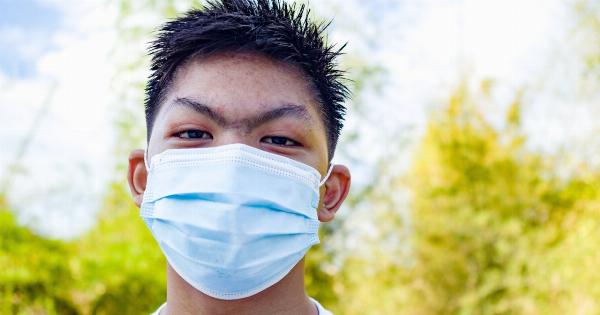Sleep paralysis is a phenomenon that has been experienced by people across different cultures and time periods.
It is a state in which a person becomes temporarily immobilized, unable to move their body or speak, leading to a feeling of being awake but unable to react. Along with this physical paralysis, sleep paralysis is often accompanied by vivid hallucinations, which can range from mildly disturbing to utterly terrifying.
In this article, we will delve into the science behind sleep paralysis, the types of hallucinations experienced during these episodes, and possible explanations for this mysterious phenomenon.
Understanding Sleep Paralysis
Sleep paralysis occurs when a person transitions between sleep and wakefulness.
During rapid eye movement (REM) sleep, which is the stage of sleep associated with dreaming, our brain sends signals to inhibit muscle activity to prevent us from physically acting out our dreams. This inhibition is essential to protect us from harm while we sleep.
In some instances, however, this phenomenon continues even as we wake up or during the transition to wakefulness. As a result, we are conscious and aware of our surroundings but find ourselves unable to move.
This can be a frightening experience, causing feelings of helplessness and panic.
Hallucinations during Sleep Paralysis
What makes sleep paralysis particularly distressing for many individuals are the hallucinations that accompany it. These hallucinations can take various forms and intensities, often leading to intense fear and anxiety.
Let’s explore some of the most common hallucinations experienced during sleep paralysis:.
1. Scary Mora
One common hallucination during sleep paralysis is the presence of a scary creature or intruder.
This entity is often referred to as “Scary Mora,” a term originating from Scandinavian folklore that describes a terrifying supernatural being that sits on the chest of the paralyzed individual, obstructing their breathing. This manifestation can take on different forms, ranging from ghosts and demons to aliens or even unidentified creatures.
2. Sensations of Pressure and Choking
Many individuals who experience sleep paralysis report a sensation of pressure on their chest, as if a heavy weight is pressing down on them.
This feeling, coupled with the inability to move or breathe easily, can lead to a sense of suffocation or choking.
3. Incubus and Succubus Figures
Throughout history, sleep paralysis has been associated with paranormal phenomena.
In various cultural and religious beliefs, the encounters with spirits, demons, or supernatural beings during sleep paralysis have been attributed to entities such as incubi and succubi. These figures are believed to engage in sexual activities or assault the paralyzed individual.
4. Shadowy Figures and Silhouettes
Another common hallucination during sleep paralysis is the perception of shadowy figures or silhouettes in the room. These entities may move around or simply stand near the individual, watching silently.
The feeling of being observed can greatly intensify the fear experienced during an episode of sleep paralysis.
5. Auditory Hallucinations
Along with visual hallucinations, sleep paralysis can also involve auditory hallucinations. These may include hearing whispering voices, footsteps, loud noises, or even the sound of one’s own heartbeat.
The auditory component adds an extra layer of dread to an already unsettling experience.
6. Out-of-Body Experiences
Some individuals who experience sleep paralysis report feeling as though they have left their physical bodies and are floating or observing themselves from a different perspective.
These out-of-body experiences are often accompanied by a sense of detachment or a feeling of being trapped between the physical and non-physical realms.
Possible Explanations for Sleep Paralysis
The exact mechanisms behind sleep paralysis and the accompanying hallucinations are not yet fully understood. However, several theories have been proposed to explain this intriguing phenomenon:.
1. REM Atonia and Dream Intrusion
During sleep paralysis, the brain may continue to produce the vivid and immersive dreams typically associated with REM sleep.
This dream activity can intrude into waking consciousness, leading to hallucinations that blend elements of dreams with the individual’s perception of reality.
2. Sleep Deprivation and Irregular Sleep Patterns
Sleep paralysis is more likely to occur when individuals have irregular sleep patterns or are sleep-deprived.
Disrupted sleep-wake cycles, sleep disorders such as insomnia or narcolepsy, and stress can increase the likelihood of experiencing sleep paralysis. These factors may disrupt the normal transitions between sleep stages, increasing the chance of experiencing REM intrusion into wakefulness.
3. Biological and Genetic Factors
Some studies suggest that sleep paralysis may have a genetic component.
Certain genetic traits or alterations in neurotransmitter systems involved in sleep regulation and the REM stage may predispose individuals to experience sleep paralysis and related hallucinations.
4. Cultural and Psychological Influences
Historical and cultural influences can shape the way sleep paralysis is experienced and interpreted. Cultural beliefs, religious ideas, and personal expectations can influence the content and interpretation of hallucinations during these episodes.
For example, individuals who believe in paranormal phenomena may be more likely to interpret their experiences as encounters with supernatural entities.
Coping Strategies for Sleep Paralysis
Experiencing sleep paralysis can be a distressing and traumatic experience. However, there are several techniques that individuals can try to cope with sleep paralysis:.
1. Maintaining a Consistent Sleep Schedule
Establishing a regular sleep schedule and ensuring an adequate amount of sleep can help reduce the frequency of sleep disturbances, including sleep paralysis episodes.
2. Reducing Stress and Anxiety
Stress and anxiety can contribute to the occurrence of sleep paralysis. Engaging in stress-reducing activities such as meditation, deep breathing exercises, or engaging in hobbies can help alleviate anxiety and promote better sleep.
3. Creating a Sleep-Friendly Environment
Creating a calm and comfortable sleep environment can promote better sleep quality. This includes maintaining a cool temperature, minimizing noise, and keeping the bedroom dark.
4. Seeking Professional Help
If sleep paralysis episodes become frequent and significantly impact daily life, it may be beneficial to seek help from a healthcare professional or sleep specialist.
They can assess and address any underlying sleep disorders or conditions contributing to sleep paralysis.
5. Reality Testing and Understanding the Phenomenon
Understanding the scientific explanations behind sleep paralysis and its hallucinatory nature can help individuals differentiate between reality and hallucinations during episodes.
Reminding oneself that these experiences are temporary and benign can alleviate some of the fear and distress associated with sleep paralysis.
Conclusion
Sleep paralysis remains a topic of fascination and intrigue, combining elements of sleep, neuroscience, and cultural beliefs.
Despite the potentially distressing hallucinations, it is crucial to recognize that sleep paralysis is a relatively common experience and is not indicative of a severe underlying condition. By understanding the science behind it and employing coping strategies, individuals can alleviate the fear and anxiety associated with sleep paralysis and minimize its impact on their daily lives.
